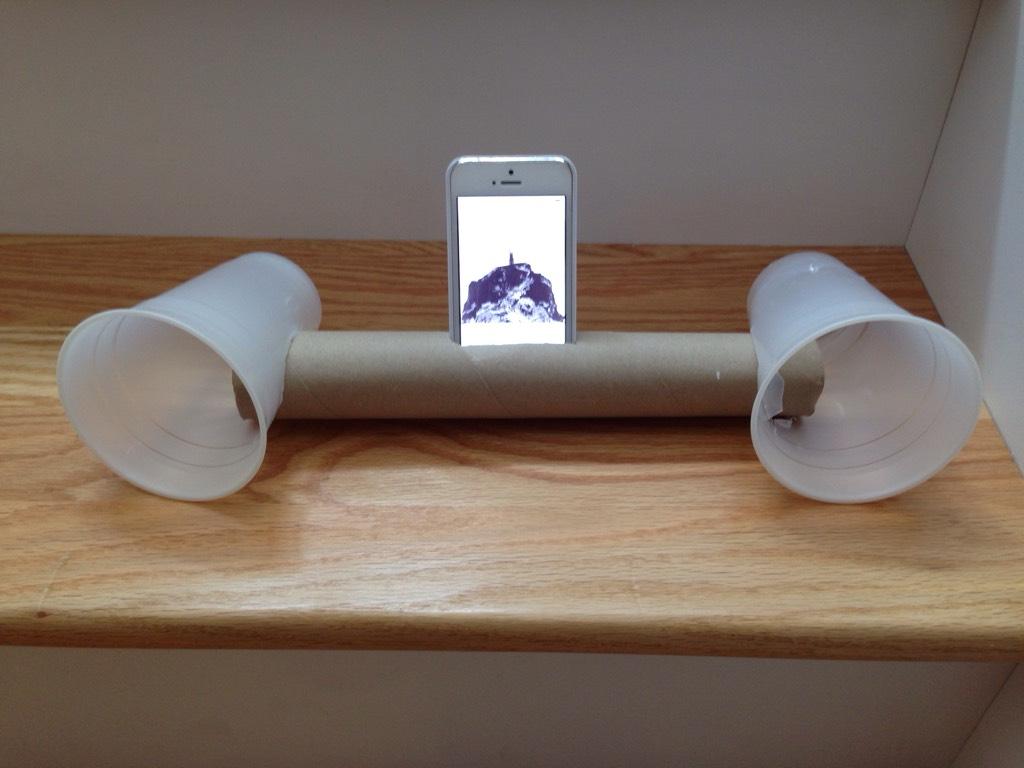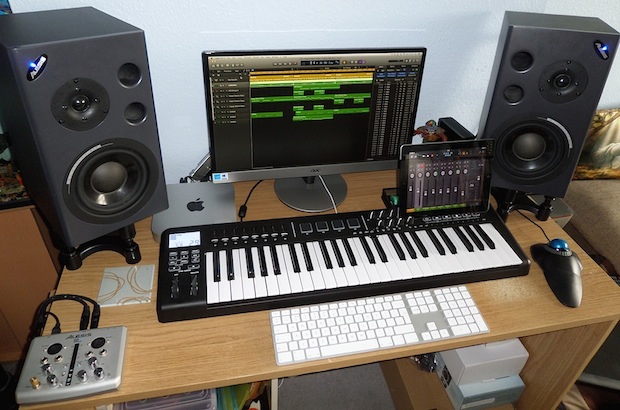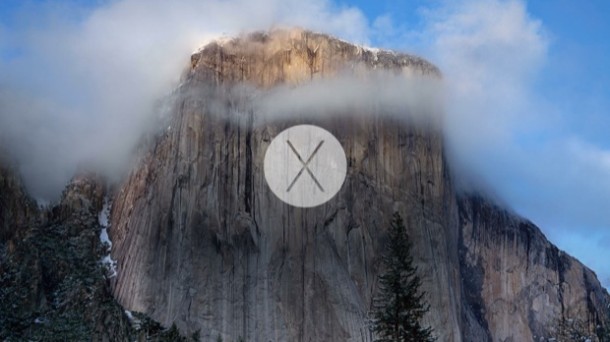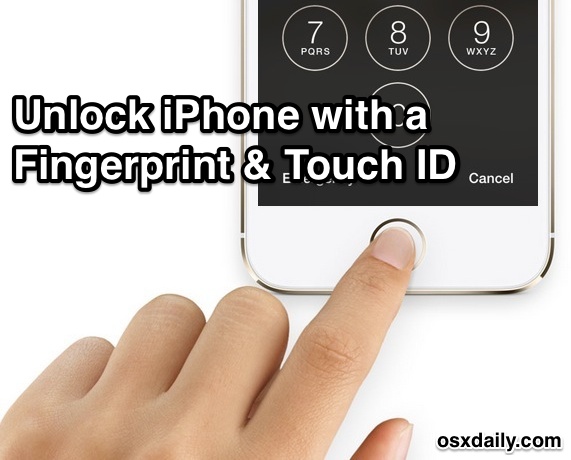“Dreams” is the Latest iPhone 5S TV Commercial [Video]
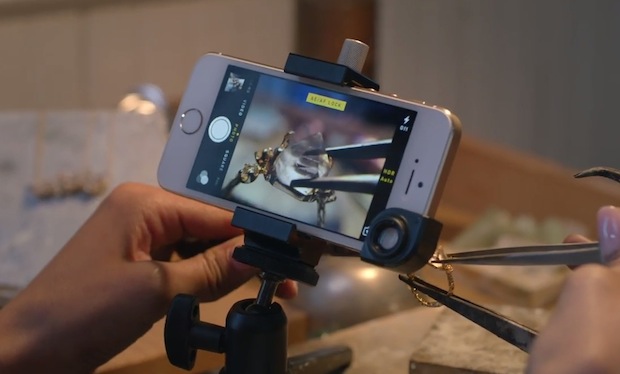
Apple has started to air a new iPhone 5S commercial titled “Dreams”, as part of the “You’re More Powerful Than You Think” ad campaign.
The commercial follows a variety of vocations from scientists to artists using an iPhone with different apps, including Vaavud Wind Meter, Camera with an Olloclip, Response Deck SBC, ForeFligth Mobile, iTranslate Voice, Veterinary AliveECG, SAM-1, and Photos (the default photo app in iOS). The advertisement is soundtracked to a song called “When I Grow Up”, by artist Jennifer O’Connor.

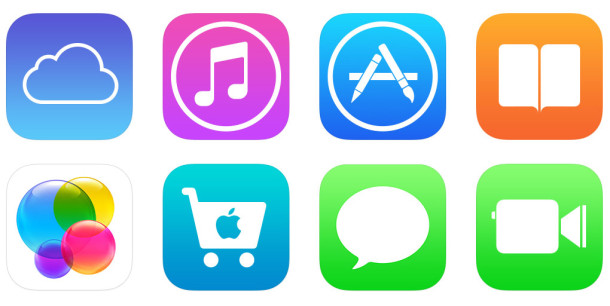



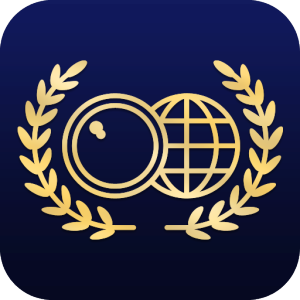 Have you ever been somewhere with something written in a foreign language and wondered what the heck it said in your own language? Or, have you ever looked at a sign, book, or printed text somewhere, and wished you could instantly translate that something into the language of your choice? With your iPhone and the free Word Lens app, you can, and it kind of works like magic. Yes I know that sounds like hyperbole, but Word Lens is genuinely impressive, and no amount of screen shots or video does the app justice, you really have to see it in action yourself.
Have you ever been somewhere with something written in a foreign language and wondered what the heck it said in your own language? Or, have you ever looked at a sign, book, or printed text somewhere, and wished you could instantly translate that something into the language of your choice? With your iPhone and the free Word Lens app, you can, and it kind of works like magic. Yes I know that sounds like hyperbole, but Word Lens is genuinely impressive, and no amount of screen shots or video does the app justice, you really have to see it in action yourself.
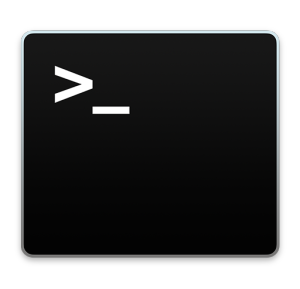 Mac users who are dealing with particularly complex or
Mac users who are dealing with particularly complex or 
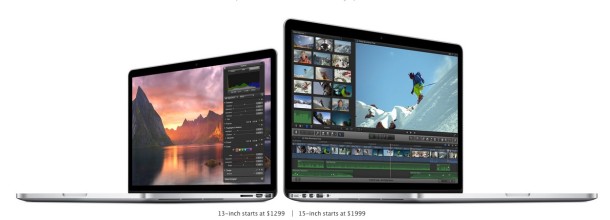
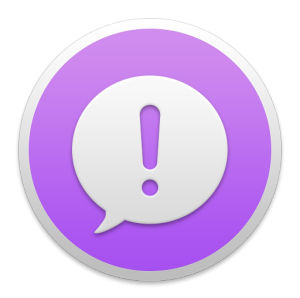 Now that OS X Yosemite is in
Now that OS X Yosemite is in 